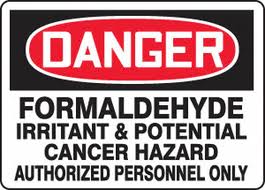Tue 17 Mar 2015
Formaldehyde in Lumber Liquidators’ laminate flooring
Posted by admin under Air Monitoring, Building Survey, Chemical Exposure, Formaldehyde, hygienist, industrial hygienist, occupational hygiene, Uncategorized
Comments Off on Formaldehyde in Lumber Liquidators’ laminate flooring
You’ve probably heard of this issue in the news, originally from the CBS News 60-minutes Show, March 1, 2015.
Formaldehyde is NOT good to have indoors, especially with kids (or those with upper respiratory issues). I believe there are a lots of homes and facilities with issues (which are not reported).
There are is some good information out there if you are worried you may have this flooring in your home or business. In summary, here are some notable points:
- you should really ignore the people pushing this issue (remember they shorted the stock before the news story)
- formaldehyde is used in a lot of product during manufacturing
- go to Lumber Liquidators and get your free test kit
- if you find high levels of formaldehyde, do something.
- But, the solution may not be to tear out your floors.
- Remember, formaldehyde can come from many sources.
Here’s a good article on the subject from Galson Labs. If you have concerns, hire a qualified industrial hygienist.


